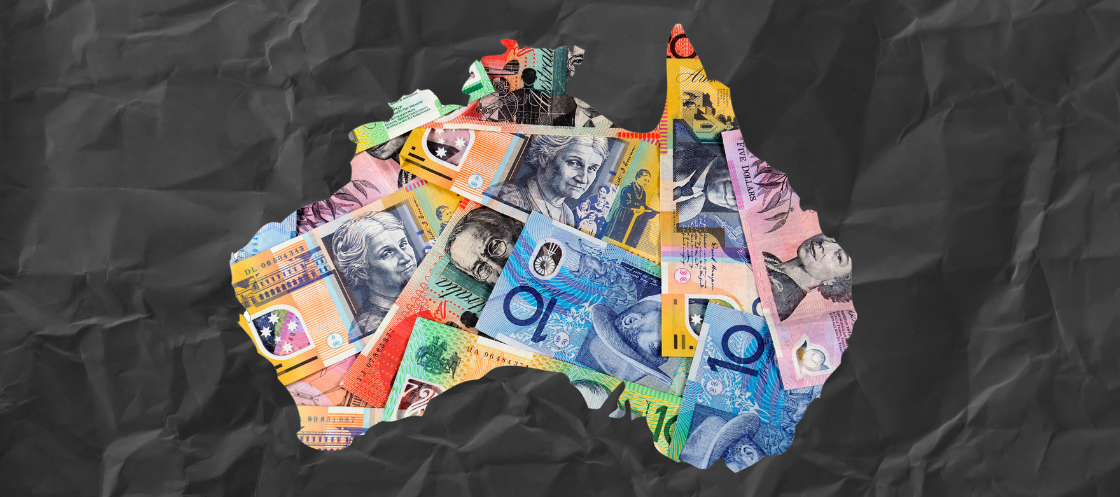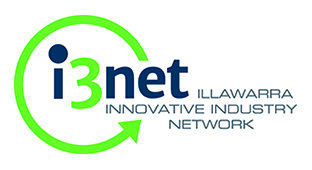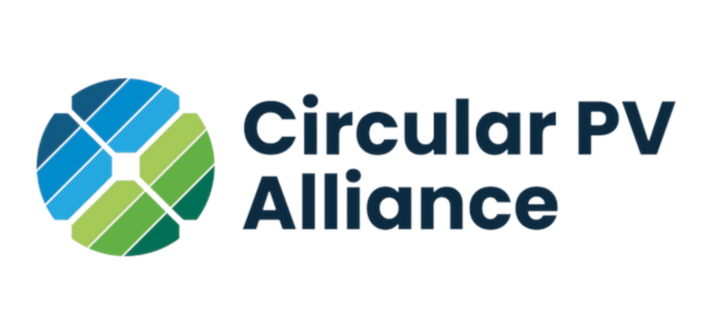Federal Budget 2024-25 includes massive investment in Australia's renewable energy future
The Albanese Government's 2024-25 Budget will invest $22.7 billion over a decade to help Australia build a stronger, more diversified and more resilient economy powered by clean energy, to create more secure, well-paid jobs and encourage and facilitate the private sector investment required to make the most of this opportunity.

The following excerpt is taken from a post-budget statement from PM Albanese titled Investing in a future made in Australia.
"The Future Made in Australia plan is about attracting and enabling investment, making Australia a renewable energy superpower, value-adding to our resources and strengthening economic security, backing Australian ideas and investing in the people, communities and services that will drive our national success.
Attracting and enabling investment
- Creating a new 'front door' for investors with major, transformational investment proposals to make it simpler to invest in Australia and attract more global and domestic capital, complementing the functions of the Net Zero Economy Authority;
- $168.1 million to better prioritise approval decisions for renewable energy projects of national significance, and support faster decisions on environment, cultural heritage and planning approvals, including $20.7 million to improve engagement with communities involved in the energy transition, and $15.7 million to deliver a stronger, more streamlined, and more transparent approach to foreign investment;
- $17.3 million to implement a comprehensive agenda to mobilise private investment in sustainable activities; and
- $1.3 million to develop and release best practice guidance for disclosing net zero transition plans.
Making Australia a renewable energy superpower
- $3.2 billion over the next decade through the Australian Renewable Energy Agency to support the commercialisation of technologies that are critical to net zero, including through a new $1.7 billion Future Made in Australia Innovation Fund for the deployment of innovative technologies and facilities linked to priority sectors, including green metals, batteries and low carbon liquid fuels;
- Implementing a Hydrogen Production Tax Incentive to provide a $2 incentive per kilogram of renewable hydrogen produced between 2027-28 to 2039-40, for up to ten years per project, at an estimated cost to the Budget of $6.7 billion over the medium term;
- $1.3 billion over the next decade in the Hydrogen Headstart program to provide additional support to early-movers investing in the industry’s development;
- $17.1 million to implement our National Hydrogen Strategy which will help Australia become a global hydrogen leader by 2030;
- Fast-tracking the initial phase of the Guarantee of Origin Scheme to measure and certify emissions intensity across the supply chain of key products, and providing an additional $32.3 million to support the expansion of the program to green metals and low-carbon liquid fuels and consultation on additional incentives to support the production in these industries;
- $15.4 million in foundational activities to support the development of green metals production;
- $27.7 million to better integrate consumer energy resources (like rooftop solar and household batteries) into the grid;
- $63.8 million to reduce emissions in the agriculture and land sector;
- $48 million to deliver other reforms to the Australian Carbon Credit Unit Scheme; and
- Unlocking $65 billion of renewable energy capacity through the continued roll out of the Capacity Investment Scheme.
Value-adding to our resources and strengthening economic security
- Implementing a Critical Minerals Production Tax Incentive to provide a production incentive valued at ten per cent of relevant processing and refining costs for Australia’s 31 critical minerals, for critical minerals processed and refined between 2027-28 to 2039-40, for up to ten years per project, at an estimated cost to the Budget of $7 billion over the medium term;
- $10.2 million to work with states and territories to develop pre-feasibility studies of common-use infrastructure, which promotes a competitive and productive critical minerals sector;
- $1.5 billion to strengthen battery and solar panel supply chains via the Solar Sunshot Program and Battery Breakthrough Initiative;
- $165.7 million to support businesses to scale up and deliver the Sovereign Defence Industrial Priorities; and
- $14.3 million to work with trade partners to strengthen our global competitiveness and support benchmarks for trade in high-quality critical minerals.
Backing Australian ideas – strengthening our innovation, digital and science capabilities
- $466.4 million to build quantum computing capabilities, in partnership with the Queensland Government and PsiQuantum;
- $566.1 million in open science by supporting Geoscience Australia to map Australia’s endowments of critical minerals and national groundwater systems; and
- Undertaking a strategic examination of Australia’s research and development system, to grow R&D and build a more resilient and dynamic economy.
Investing in people and places
- $91 million to accelerate the development of the clean energy workforce by upgrading training facilities, supporting teachers and trainers, and expanding access to the New Energy Apprenticeship Program;
- $55.6 million in the Building Women’s Careers program to expand support for women training in clean energy and other key industries;
- $38.2 million to support diversity in science, technology, engineering and maths;
- $64.8 million to attract and retain the skilled industrial workforce needed to support defence industrial priorities; and
- $209.3 million into the Net Zero Economy Authority, which will act as a catalyst for private and public investment, major project development, employment transition and skills and community development; and
- $178.6 million in additional employment and skills supports for regions in transition, including the Energy Industry Jobs Plan and place-based Regional Workforce Transition Plans.
These policies complement the Government’s broader growth agenda, including our competition reforms, investments in infrastructure, housing, human capital and defence industry, and support for small businesses.
The Future Made in Australia agenda will be guided by a new National Interest Framework to better align economic incentives with our national interests, which will be established under a Future Made in Australia Act.
Under the Framework, priority industries will be identified under two streams. The ‘net zero transformation’ stream will identify sectors that can make a significant contribution to achieving net zero, where Australia has grounds to build enduring sources of comparative advantage. The ‘economic security and resilience’ stream will identify sectors that are critical to our resilience, are vulnerable to supply disruptions and that require support to unlock sufficient private investment.
This Framework will guide Government decision making on significant public investments, particularly those used to incentivise private investment at scale. Further detail is outlined in the National Interest Framework supporting paper published today by the Treasury.
The Government will also apply Community Benefit Principles to significant investments in priority industries, which will have a focus on boosting investment in local communities, supply chains and skills, and the promotion of diverse workforces and secure jobs."















